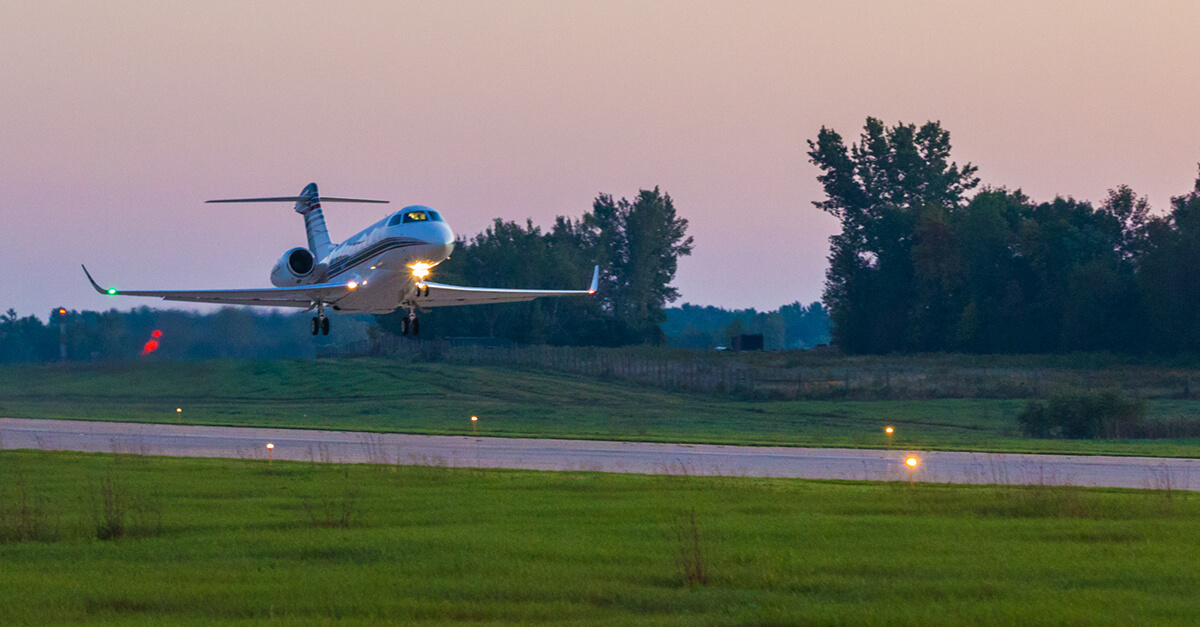
Aug. 7, 2020
Business aviation appears to exhibit early, incremental signs of recovery in operations, after an unprecedented drop in flights resulting from the impact of the COVID-19 pandemic, said NBAA Director of Airports and Ground Infrastructure Alex Gertsen. He shared his perspectives during an Aug. 5 virtual panel discussion as part of the Great Lakes Chapter of the American Association of Airport Executives’ 52nd annual conference.
The session was held in the wake of a very challenging year thus far for business aviation and airports that rely on it. “Looking at the first seven months of 2020, business aviation was down [nationally] 31% in March, 71% in April, 25% in June and 19% in July.” Gertsen said, citing figures from ARGUS, an analytics firm.
That said, Gertsen sounded a note of optimism, pointing to potential pockets of recovery currently observed at a few locations around the country. At the Kalamazoo/Battle Creek International Airport, business aviation – which represents a quarter of the airport’s operations – traffic seems to be rebounding, according to the airport’s director and panel moderator, Craig Williams.
Reflecting recent observations from veteran industry analysts, Gertsen said business aviation was also experiencing some changes to mission profiles, with increased utilization of smaller jets and turboprops, which are better suited to shorter flights within the U.S. as numbers of transcontinental flights have dwindled and very few international trips are taking place. This trend is likely to remain for some time and has already caused revenue challenges for general aviation airports as the result of dramatically reduced fuel uplift.
Noting the importance of the Coronavirus Aid, Relief, and Economic Security (CARES) Act funds in assisting airports, Gertsen said that – as Congress considers additional relief legislation – NBAA will continue to make clear to lawmakers the importance of general aviation, and the airports it supports, to the nation’s economy and transportation system.
“All segments of aviation need to stick together, and work together to ensure a successful future for the industry,” he said.


 International Business Aviation Council Ltd.
International Business Aviation Council Ltd.